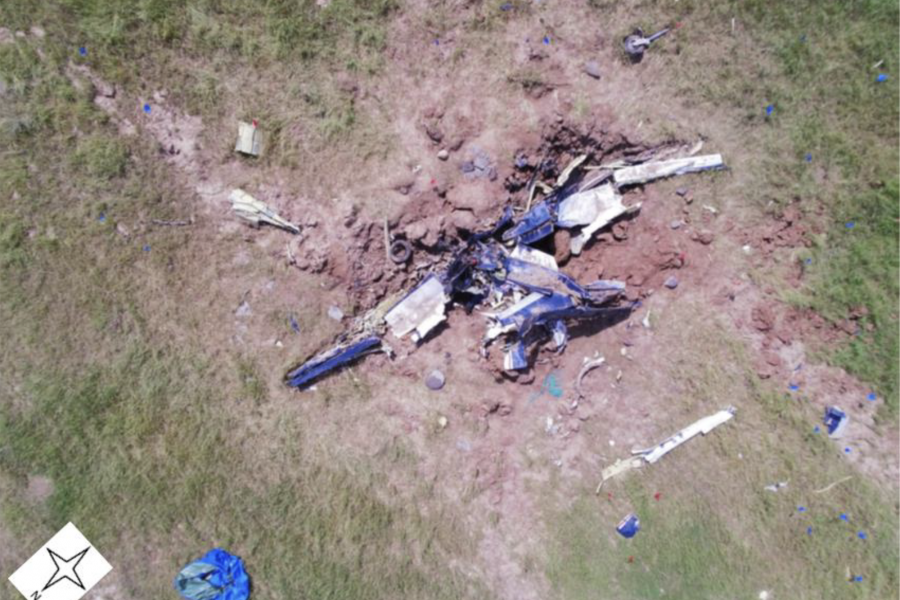An instructor pilot’s lack of spatial awareness and a failure to follow a stall recovery checklist caused the May 1, 2019, crash of a T-6 Texan II during a training flight at Sheppard AFB, Texas, the Air Force states in a recently released investigation.
The pilots were able to eject and sustained minor injuries, but the T-6 was completely destroyed in the crash at a loss of about $5.7 million, according to the Air Education and Training Command accident investigation board report released last month.
The pilots, a USAF instructor and an Italian Air Force student pilot, were forced to divert during a flight because of weather during a routine training mission on May 1. After the weather started to clear, the pilots took off from an airport in Fort Worth, Texas, to resume training, which included multiple aerial maneuvers and instrument approaches.
During this portion of the flight, the pilots completed the maneuvers through cumulus clouds that had gathered in the Sheppard military operating area, according to the report. At one point, the instructor took over control of the aircraft while the student began to review the in-cockpit tablet.
While setting up a maneuver, the instructor flew into the clouds below the safe airspeed and in an unusual attitude. With the clouds obscuring the landscape, causing spatial disorientation, the aircraft entered an uncontrolled spin. The student pilot had better awareness than the instructor pilot at this point, the investigation says, and attempted to recover. Not seeing an immediate correction, the instructor pilot ordered ejection.
“Both pilots were highly trained and experienced,” the report states. “Nonetheless, inverted spins are prohibited maneuvers and as such, neither the [instructor pilot] nor the [student pilot] had experience recovering from this condition let alone in the weather.”
The investigation found the main cause behind the crash was the instructor pilot’s fixation on the outside environment, not recognizing the aircraft was in a nose-high attitude with a slow airspeed, followed by the failure to apply the correct checklist in a timely manner, the report states. Environmental conditions and spatial disorientation also were contributing factors in the crash, according to the investigation.
